‘Ergonomics’ is a term that gets thrown around a lot in the architecture and design industry. But what does ergonomics actually mean in design? And how do designers achieve it?

September 17th, 2017
Ergonomics is the study of how humans interact with the built environment. It is a concept that is particularly prevalent in workplace design, especially as people spend ever-increasing amounts of time at work.
There are a handful of ergonomic essentials that designers should keep in mind when considering workplace projects. Ergonomic chair design and ergonomic desk design are two of the most significant considerations.

For optimal chair ergonomics, the chair should be set so that your arms are as close to horizontal with the desk as possible, with knees bent at a comfortable angle of around 90 degrees, feet flat on the floor. If your feet don’t touch the floor or doing so causes strain, then an adjustable footrest may be needed. The backrest should be adjusted so that when sitting upright, it supports the lower back.
For ergonomic desk design, the desk should be arranged so that the requirements for ergonomic chair design can be met – namely, your arms should be bent at around 90 degrees, forearms parallel to the floor. The same applies if using a standing desk: arms should be bent at a comfortable angle, with forearms parallel.
There is no one-size-fits-all approach to ergonomics. Each individual will have unique needs for the design of their chair and desk to achieve optimal ergonomics for them.
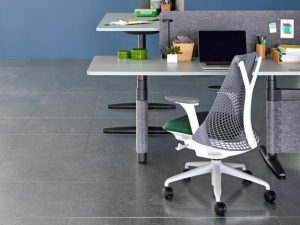
INDESIGN is on instagram
Follow @indesignlive
A searchable and comprehensive guide for specifying leading products and their suppliers
Keep up to date with the latest and greatest from our industry BFF's!

At the Munarra Centre for Regional Excellence on Yorta Yorta Country in Victoria, ARM Architecture and Milliken use PrintWorks™ technology to translate First Nations narratives into a layered, community-led floorscape.

Merging two hotel identities in one landmark development, Hotel Indigo and Holiday Inn Little Collins capture the spirit of Melbourne through Buchan’s narrative-driven design – elevated by GROHE’s signature craftsmanship.

In an industry where design intent is often diluted by value management and procurement pressures, Klaro Industrial Design positions manufacturing as a creative ally – allowing commercial interior designers to deliver unique pieces aligned to the project’s original vision.
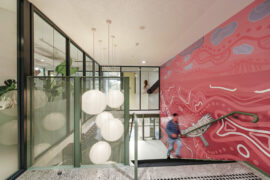
From radical material reuse to office-to-school transformations, these five projects show how circular thinking is reshaping architecture, interiors and community spaces.
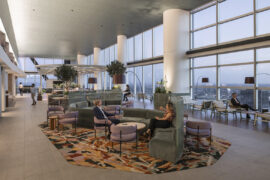
Designed by Woods Bagot, the new fit-out of a major resources company transforms 40,000-square-metres across 19 levels into interconnected villages that celebrate Western Australia’s diverse terrain.

In an industry where design intent is often diluted by value management and procurement pressures, Klaro Industrial Design positions manufacturing as a creative ally – allowing commercial interior designers to deliver unique pieces aligned to the project’s original vision.
The internet never sleeps! Here's the stuff you might have missed
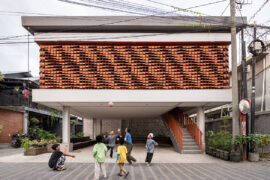
SHAU’s Kampung Mrican revitalisation transforms community life through social architecture, local collaboration and sustainable design.
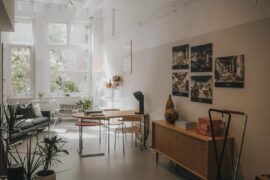
Sydney’s newest design concept store, HOW WE LIVE, explores the overlap between home and workplace – with a Surry Hills pop-up from Friday 28th November.